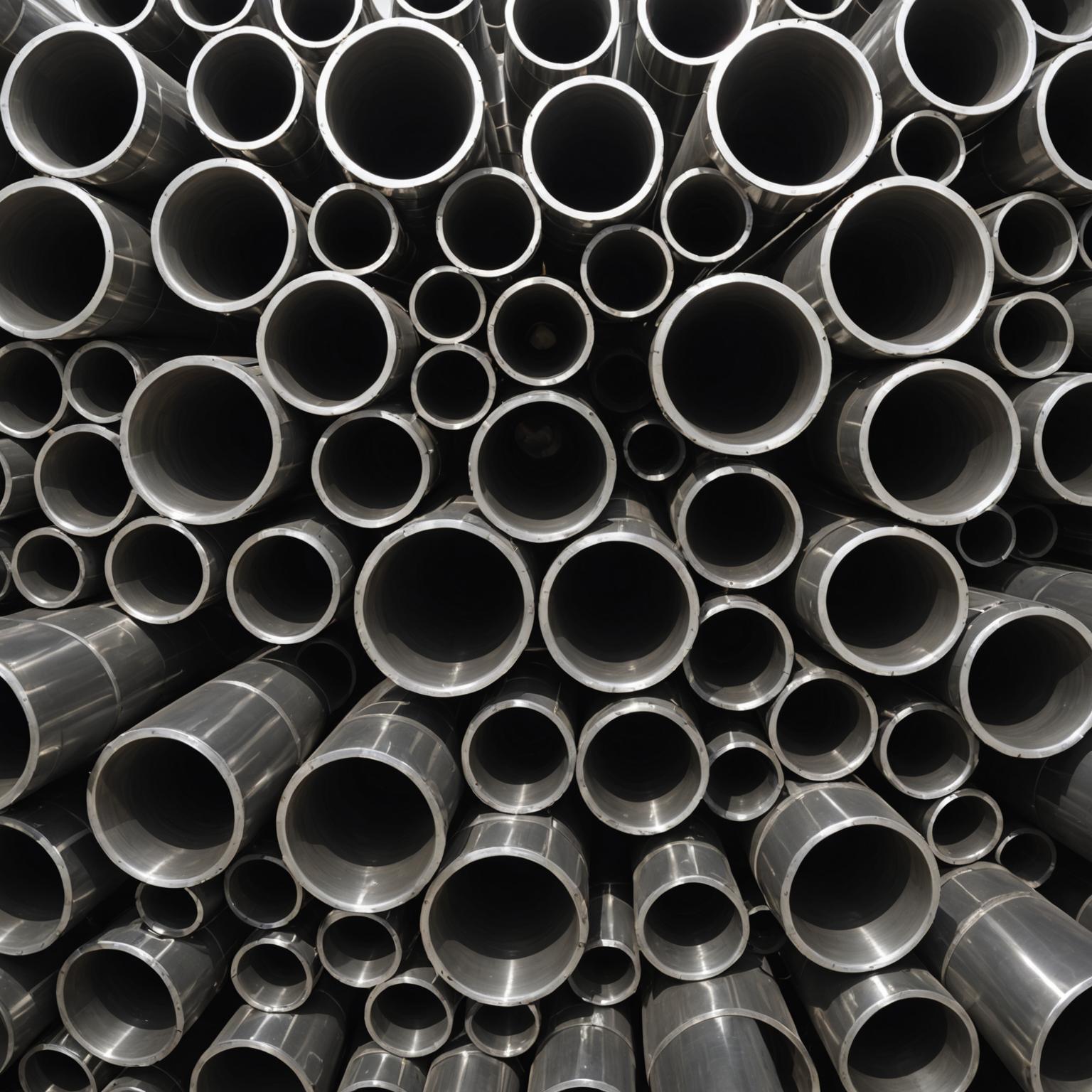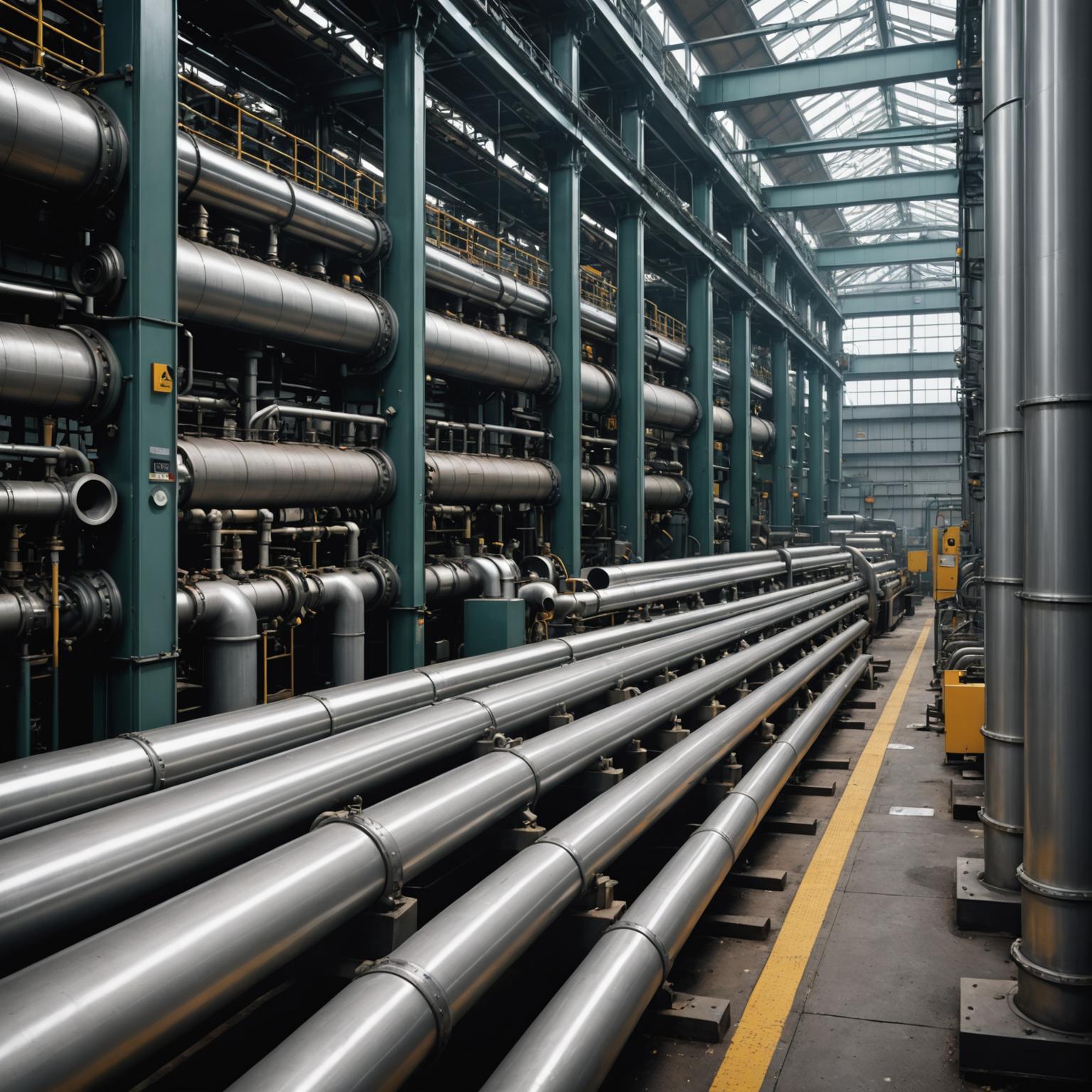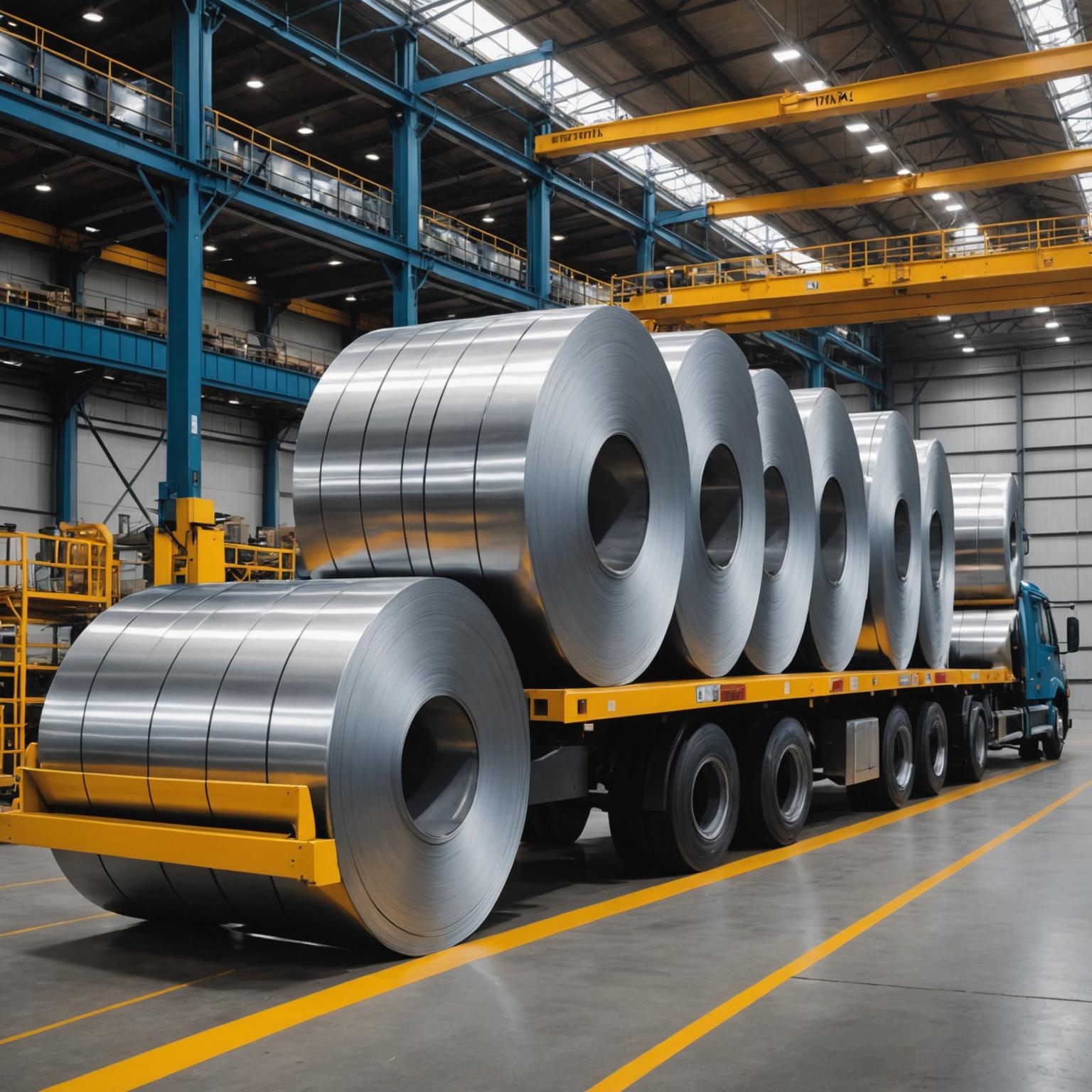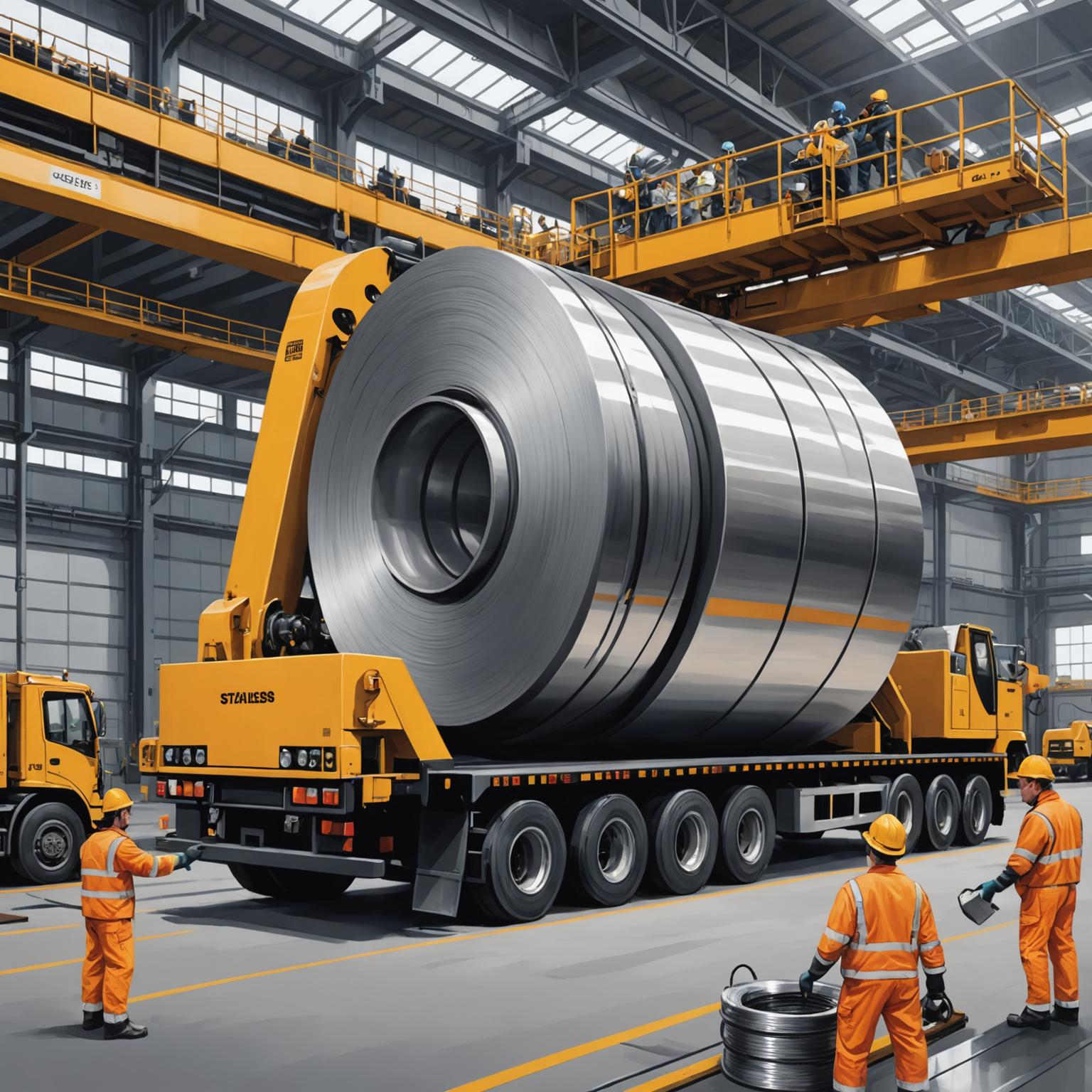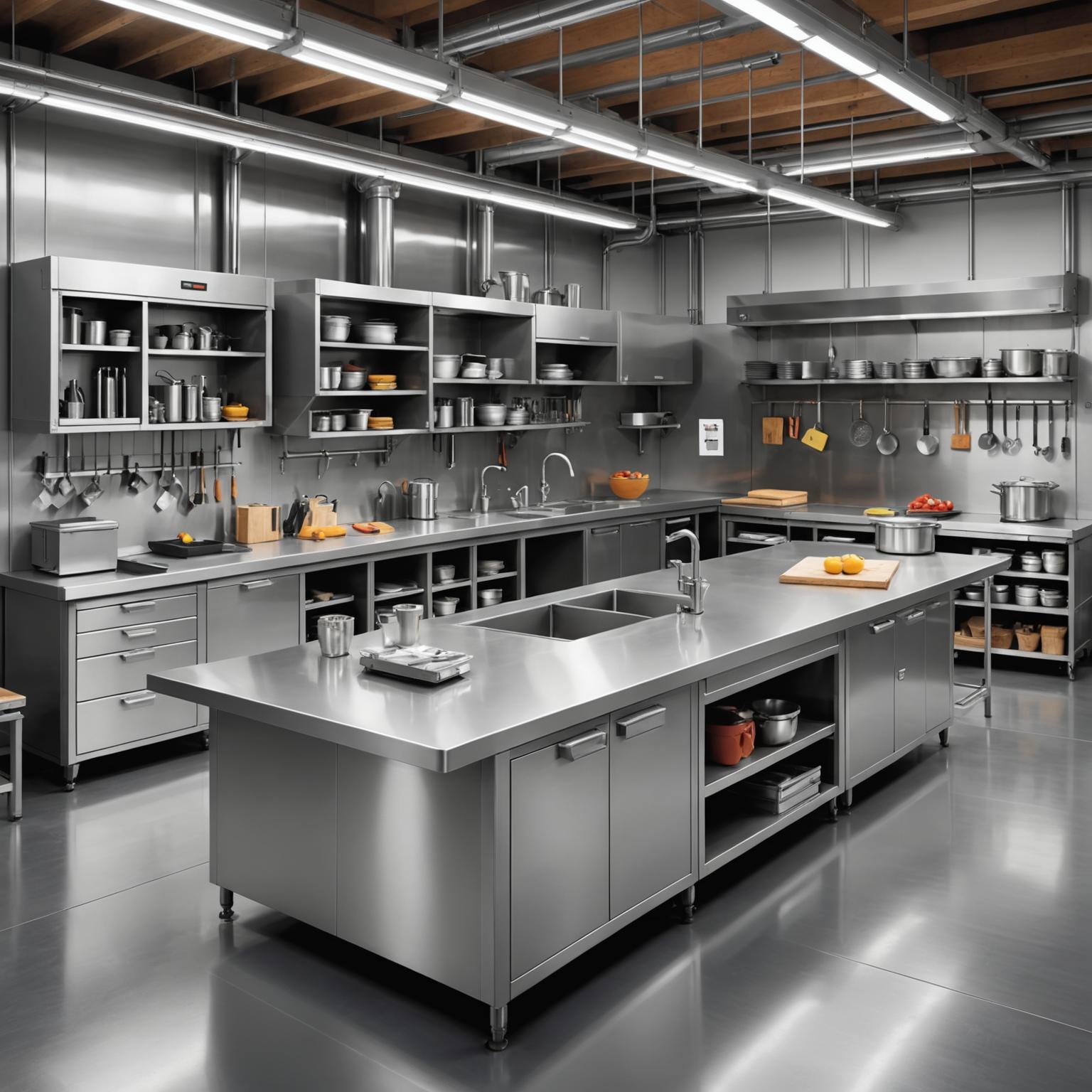Introduction to stainless steel pipes: 304 vs 316
Stainless steel choices for industrial applications often boil down to a key question: which one is better, 304 or 316 stainless steel? Understanding the “304 vs 316 Difference” is crucial for engineers and project managers to make informed decisions. Our latest range of stainless steel industrial pipes is designed to provide the highest strength and durability, with grades 304 and 316, specifically selected for their unique properties. 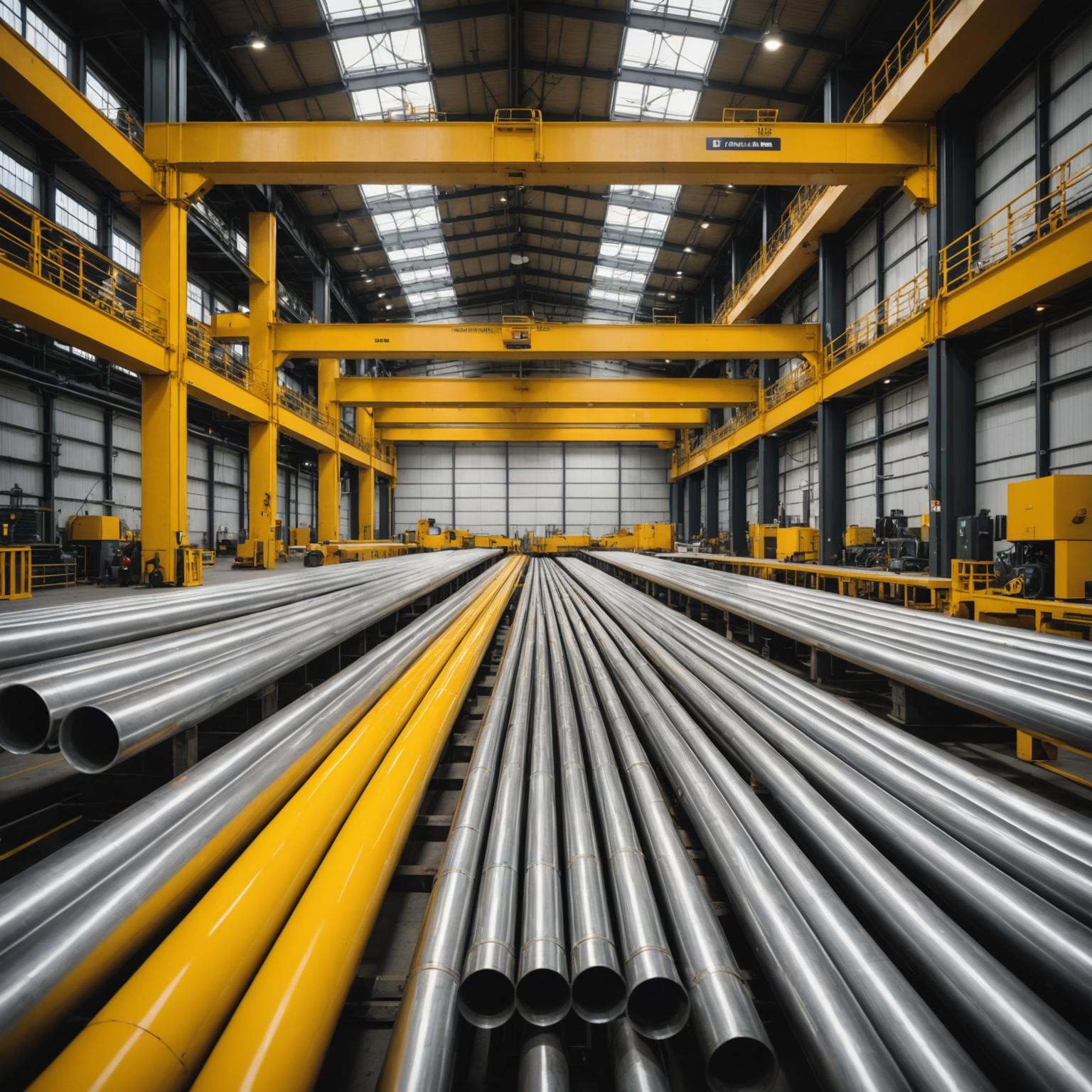
Comparative Analysis: 304 vs 316 Stainless Steel
304 stainless steel is widely recognized for its versatility and excellent performance in a variety of environments. This is a cost-effective option that makes it a favorite for universal applications. The addition of chromium and nickel elements gives them significant durability, oxidation and corrosion resistance. However, when it comes to environments where resistance to chlorides or chlorinated solutions is required, Grade 316 brings lead. The inclusion of molybdenum enhances its corrosion resistance, making it ideal for marine or pharmaceutical environments where this is prevalent.
When considering price comparisons between 304 and 316 stainless steel, the Material Selection Guide must be compared with the specific demands of the project. While 316 stainless steel is expensive due to its enhanced corrosion resistance properties, choosing it can save costs in industries where corrosive elements can lead to frequent replacement or repair. Therefore, the decision should balance initial investment with long-term maintenance costs.
Product Overview: Advanced Stainless Steel Pipe
Our stainless steel pipes are testimony to cutting-edge industrial materials science. These pipes are carefully designed to provide unparalleled performance and aesthetic elegance, suitable for visible installations and infrastructure. They enhance the design quality of any project with a shiny satin finish. Seamless design ensures fluids and gases are not blocked, reduces internal wear and extends the operating life of the system.
These pipes are made of high-grade stainless steel and have excellent strength and resist collapse under extreme conditions such as high pressure and temperature. They are ideal for oil and gas pipelines, structural frameworks and demanding mechanical systems. With our pipelines, you can guarantee seamless integration into any industrial vision and harmonize beauty and functionality.
Seamless integration and customization for different applications
Our stainless steel pipes come in a range of diameters and lengths that can be customized to meet specific project needs. This variety ensures that it is suitable for different industrial needs, thus providing flexibility without compromising performance durability and excellence. The transition to our pipeline represents not only material choice but also an upgrade of innovative engineering that aligns with modern industry standards.
Each pipeline is strictly quality-controlled to ensure that the “perfect surface” reflects the attention of details from start-up to production and high-quality process. Aiming to optimize the diameter to wall thickness ratio, our pipes ensure strength and weight efficiency, which are key factors in challenging structures.
Conclusion: Improve industrial standards
In short, 304 vs 316 stainless steel decisions on industrial pipelines should be guided based on environmentally specific needs, cost considerations and project requirements. Our premium stainless steel pipes continue to set new parameters for industrial design, elegantly balancing utilities with sophistication. Embrace the future of construction and engineering with our stainless steel pipes, with seamless integration of reliability, flexibility and refinement technologies.



